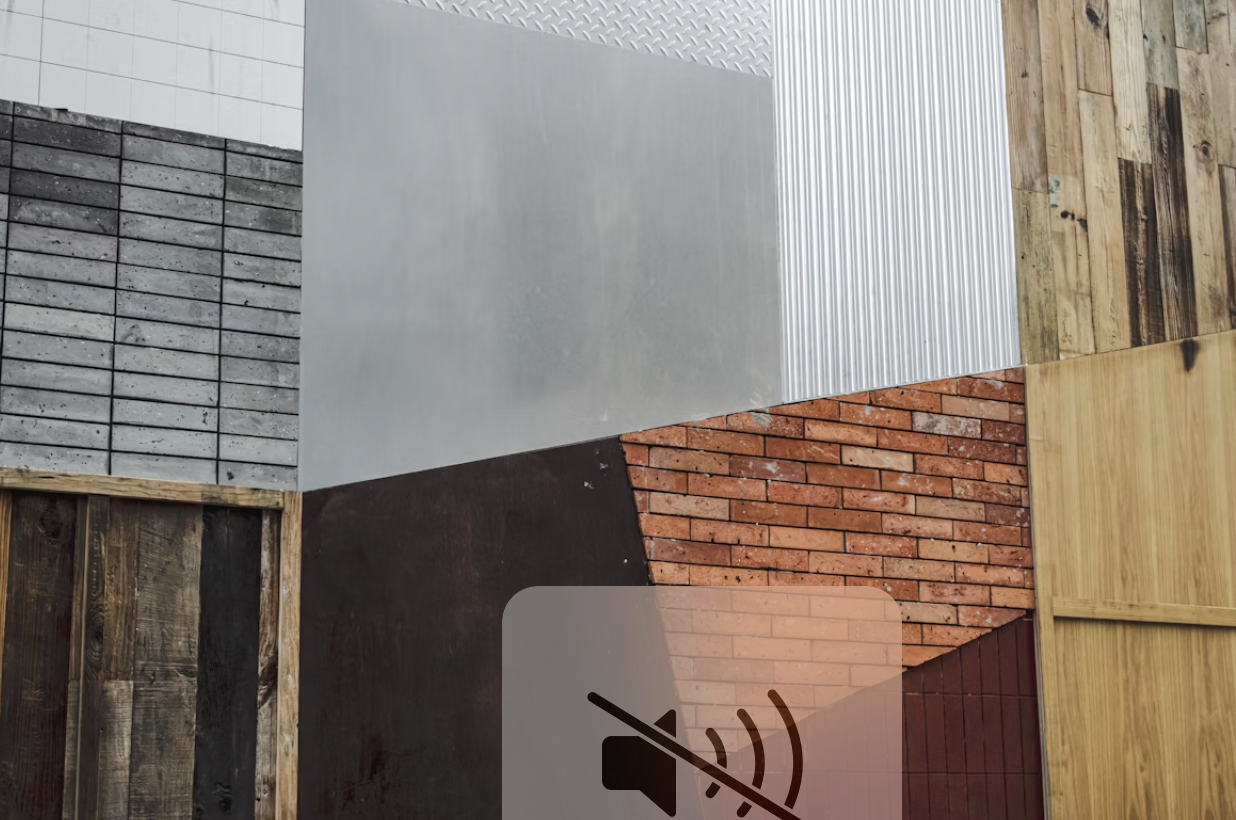Innovative Materials Crafted To Deliver Lasting Style And Reliable Quality

Innovative materials have become increasingly important in achieving both aesthetic appeal and functionality. From urban architecture to residential landscaping, the materials chosen can greatly influence the look of a space, its longevity, and sustainability.
As trends shift towards sustainable living, securing durable materials that harmonize with nature has taken precedence. Creative design, striking an intersection with practical durability leads to fantastic results, changing how we perceive our environments.
Embracing Sustainability with Modern Solutions
Modern consumers are more informed and concerned about their environmental impact than ever before. As a result, the construction and design industries are adapting, integrating sustainable materials into their practices. From recycled plastics to reclaimed wood, the options available provide significant benefits without compromising style. Using these environmentally friendly products enhances the aesthetic of spaces and reduces reliance on new resources, making the construction industry more sustainable.
As eco-conscious choices become commonplace, one material gaining substantial attention is composite decking. You should choose composite decking if you want to reduce maintenance without sacrificing the beauty of your outdoor spaces. This innovative material withstands weathering and wear, offering a long-lasting alternative to traditional wood. With a combination of recycled materials, including bamboo and wood fibers, composite decking appeals to both those who appreciate style and those who prioritize environmental impact.
The Rise of Smart Materials
Smart materials are redefining how we approach design and architecture. These materials can respond dynamically to changes in the environment. Self-healing concrete and thermochromic glass can help buildings adapt to varying weather conditions, improving energy efficiency and safety. These cutting-edge materials enable architects and builders to design buildings that are more functional in their surroundings, in addition to having a pleasing appearance.
Incorporating smart materials in design can lead to significant long-term savings by enhancing energy efficiency and reducing the need for maintenance. On top of their functional benefits, smart materials can offer a unique aesthetic. Their ability to change and adapt can create a visually engaging space that enlivens environments.
Durability Meets Design in Modern Textiles
The textile industry has seen innovative advancements, leading to designs that emphasize style without sacrificing durability. Fabrics made from high-performance synthetic materials are now used in upholstery and outdoor furniture. These textiles resist fading, staining, and other everyday wear and tear, allowing homeowners to maintain a chic look with minimal effort.
Innovative textiles often employ the technology of antimicrobial properties, making them ideal for various applications, from hospitality to residential use. Stain-resistant and easy-to-clean textiles provide stylish alternatives that meet the demands of modern life, giving consumers the assurance that their stylish choices won't lead to unsightly messes.
Modern textile engineering allows manufacturers to replicate the luxurious feel of natural fibers like cotton and silk while improving longevity and resistance. Eco-conscious consumers can now find sustainable textile options made from recycled materials that still boast impressive durability. As technology continues to advance, the fusion of design, comfort, and functionality in textiles is redefining the standards of modern interior and product design.
Composite Materials and Their Endless Applications
Composite materials have emerged as one of the versatile innovations in the construction industry. Manufacturers may take advantage of the improved qualities of each component by mixing several materials to make composites. This results in products that are lighter, stronger, and more durable than traditional materials. From automotive parts to building components, their applications are varied and impactful.
One notable example of composites at work is in the manufacturing of reinforced concrete. Incorporating fibers such as glass or carbon into concrete enhances its strength and improves its performance under extreme conditions. As new processes and materials are discovered, the possibilities for composites continue to expand, showcasing their invaluable role in modern construction.
Composites are increasingly being used in renewable energy infrastructure, such as wind turbine blades and solar panel supports, due to their strength-to-weight ratio. Their corrosion resistance makes them ideal for marine and aerospace applications, where traditional materials might degrade quickly. With continued advancements in nanotechnology and sustainable production methods, the future of composite materials promises even greater efficiency, durability, and environmental compatibility.
Metal Innovations for a Sleek Modern Look
Innovations in metals have driven the aesthetics of modern design. Materials like aluminum and stainless steel are favored for their strength and resistance to corrosion, making them suitable for various applications. This technological advancement allows architects to create striking designs without worrying about the structural integrity of the building in various environments.
Advancements in finishing technologies enable metals to be coated in a variety of colors and textures, allowing for customization in design. This enhances the visual appeal and increases durability, making these materials suitable for outdoor applications that require resilience against the elements. Builders and designers may accomplish both usefulness and captivating beauty by utilizing creative metal solutions.
As we explore innovative materials, it becomes evident that these advancements are paving the way toward sustainable, stylish, and adaptable design solutions. Balancing aesthetics with quality and sustainability is no longer a distant dream, but a practical reality.






